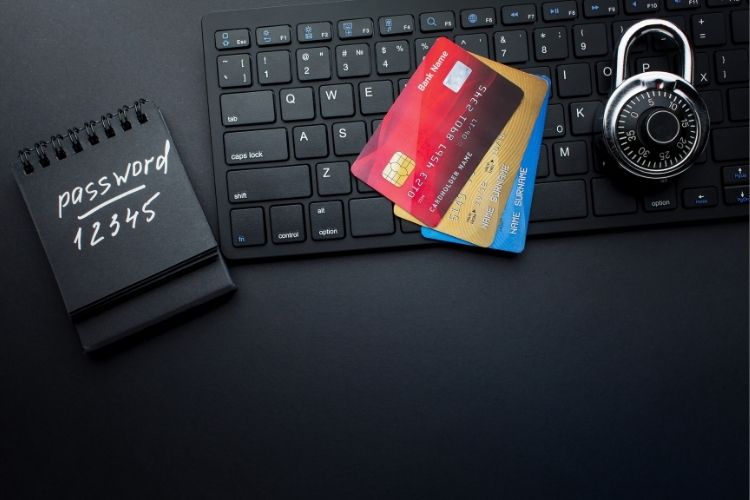
The Rights of the Deceased: Moral Rights Incidental to Copyright Law
- Vanshika Agrawal
- 2024-04-25
The advent of blockchain technology has introduced innovative financial instruments, with tokenization emerging as a disruptive force in the banking sector. This article explores the current regulatory scenario in India regarding the tokenization of assets, focusing on the legal frameworks and complexities surrounding asset ownership in this transformative landscape.
Tokenization in Banking:
Tokenization involves converting real-world assets, such as real estate or securities, into digital tokens on a blockchain. This process enhances liquidity, facilitates fractional ownership, and streamlines the transfer of assets.
The Regulatory Landscape in India:
Indian regulators, including the Reserve Bank of India (RBI) and the Securities and Exchange Board of India (SEBI), are actively monitoring and adapting to the evolving landscape of tokenized assets. The regulatory framework is crucial in ensuring investor protection, market integrity, and financial stability.
SEBI's Perspective on Security Tokens:
SEBI has shown a keen interest in regulating security tokens, which represent ownership in traditional financial instruments like stocks or bonds. The board is working towards creating a conducive environment for the issuance and trading of security tokens.
RBI's Stance on Digital Assets:
The RBI has expressed concerns regarding the use of cryptocurrencies but has shown openness to exploring the benefits of blockchain technology. As tokenization gains prominence, the RBI is likely to play a pivotal role in shaping regulations related to digital assets.
Legal Frameworks for Asset Tokenization:
The absence of a specific legal framework for asset tokenization in India poses challenges. Regulators are contemplating amendments and additions to existing laws to accommodate the unique aspects of tokenized assets, including issues related to ownership, transferability, and dispute resolution.
Legal Ownership and Custody:
Defining legal ownership of tokenized assets poses a challenge. Traditional legal frameworks may not seamlessly integrate with the decentralized nature of blockchain, raising questions about custody and transfer of ownership.
Smart Contracts and Legal Enforceability:
Smart contracts, which automate and self-execute agreements on blockchain, add a layer of complexity. Ensuring the legal enforceability of these contracts and addressing potential disputes require careful consideration.
Cross-Border Transactions:
Tokenized assets facilitate cross-border transactions, but regulatory misalignments between countries can create legal ambiguities. Establishing international standards and cooperation is essential for a seamless global tokenized asset ecosystem.
Risk of Fraud and Manipulation:
The digital nature of tokenized assets introduces new risks, such as fraud and market manipulation. Regulators need to devise frameworks that mitigate these risks while fostering innovation.
Clarification of Ownership Rights:
Regulators should work towards providing clear definitions of ownership rights in the context of tokenized assets. This includes addressing the legal implications of token transfers and ensuring that ownership records are accurately maintained on the blockchain.
Smart Contract Standardization:
Standardizing smart contracts can enhance legal certainty. Regulators, in collaboration with industry stakeholders, can develop standardized templates for smart contracts, ensuring they align with existing legal principles.
International Collaboration:
Given the global nature of blockchain, Indian regulators should actively collaborate with international counterparts. Developing a harmonized approach to regulatory frameworks can facilitate cross-border transactions and mitigate legal uncertainties.
Investor Education and Protection:
Regulators should prioritize investor education regarding the risks and benefits of tokenized assets. Implementing investor protection measures, such as disclosure requirements and risk warnings, can contribute to a safer investment environment.
The tokenization of assets in Indian banking holds immense potential for transforming traditional financial systems. However, a robust and adaptable regulatory framework is imperative to harness these benefits while mitigating risks. As regulators navigate the complexities of legal ownership, smart contracts, and cross-border transactions, they play a pivotal role in shaping the future of tokenized assets in the Indian financial landscape








Drop your comment